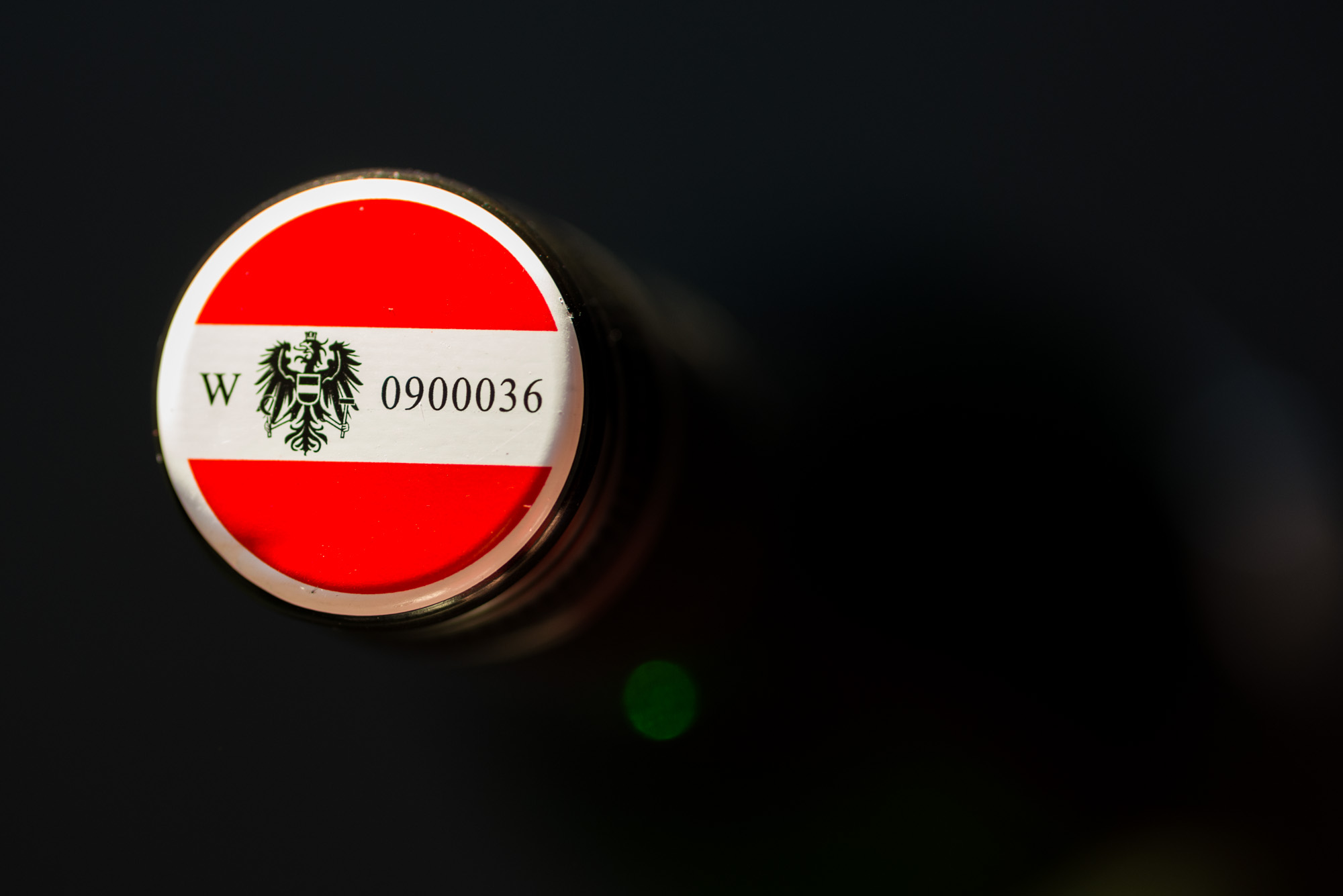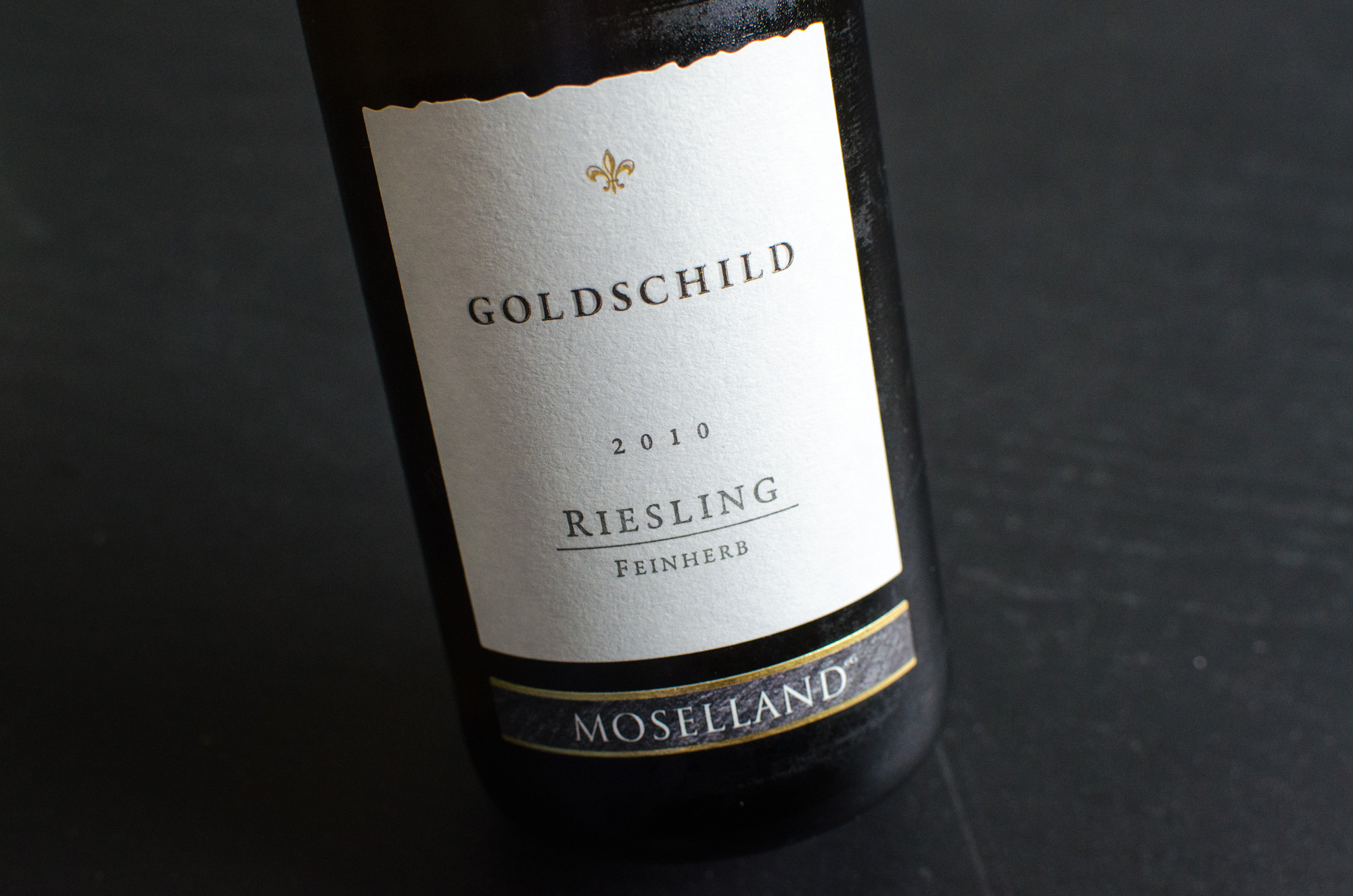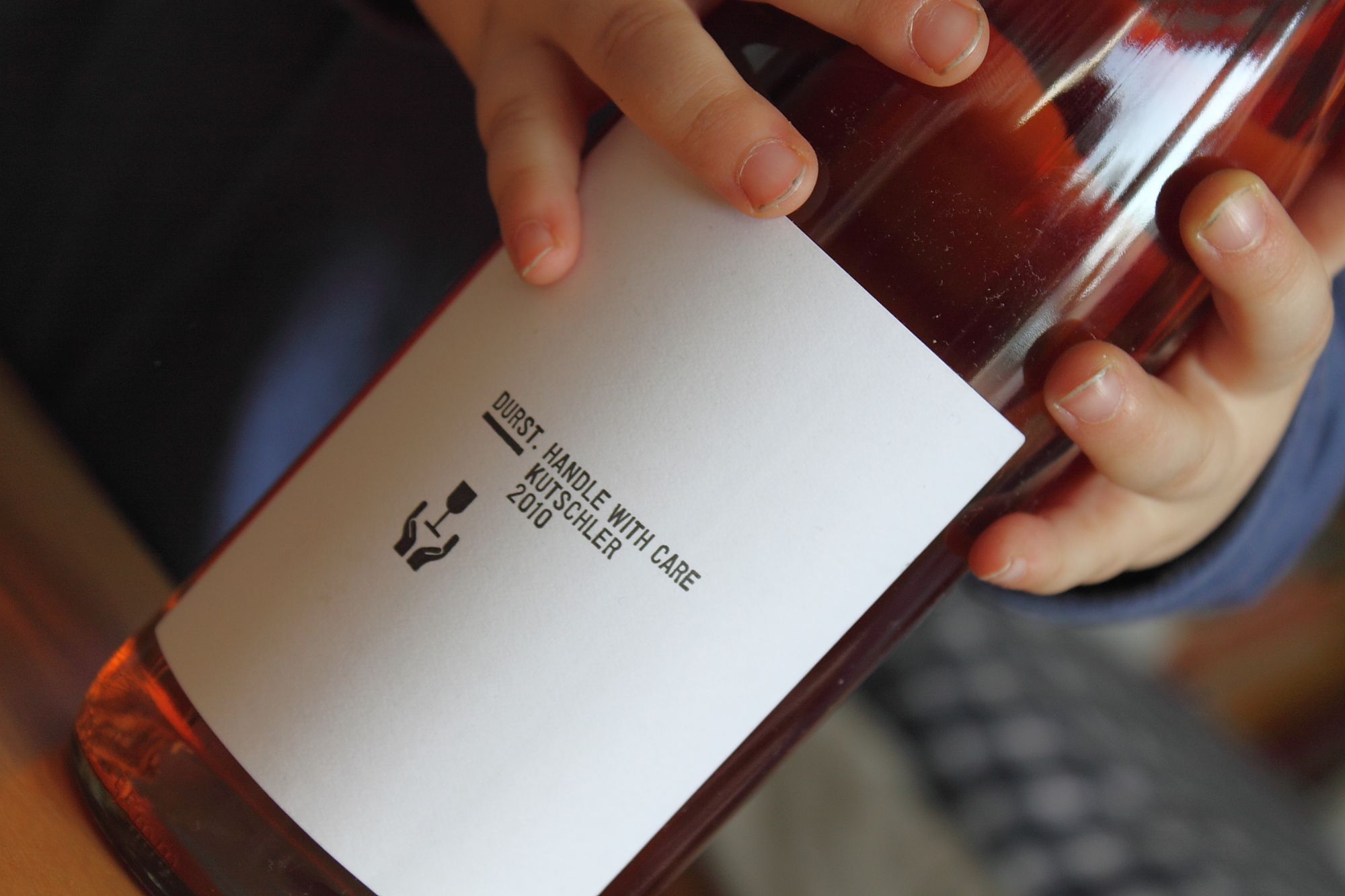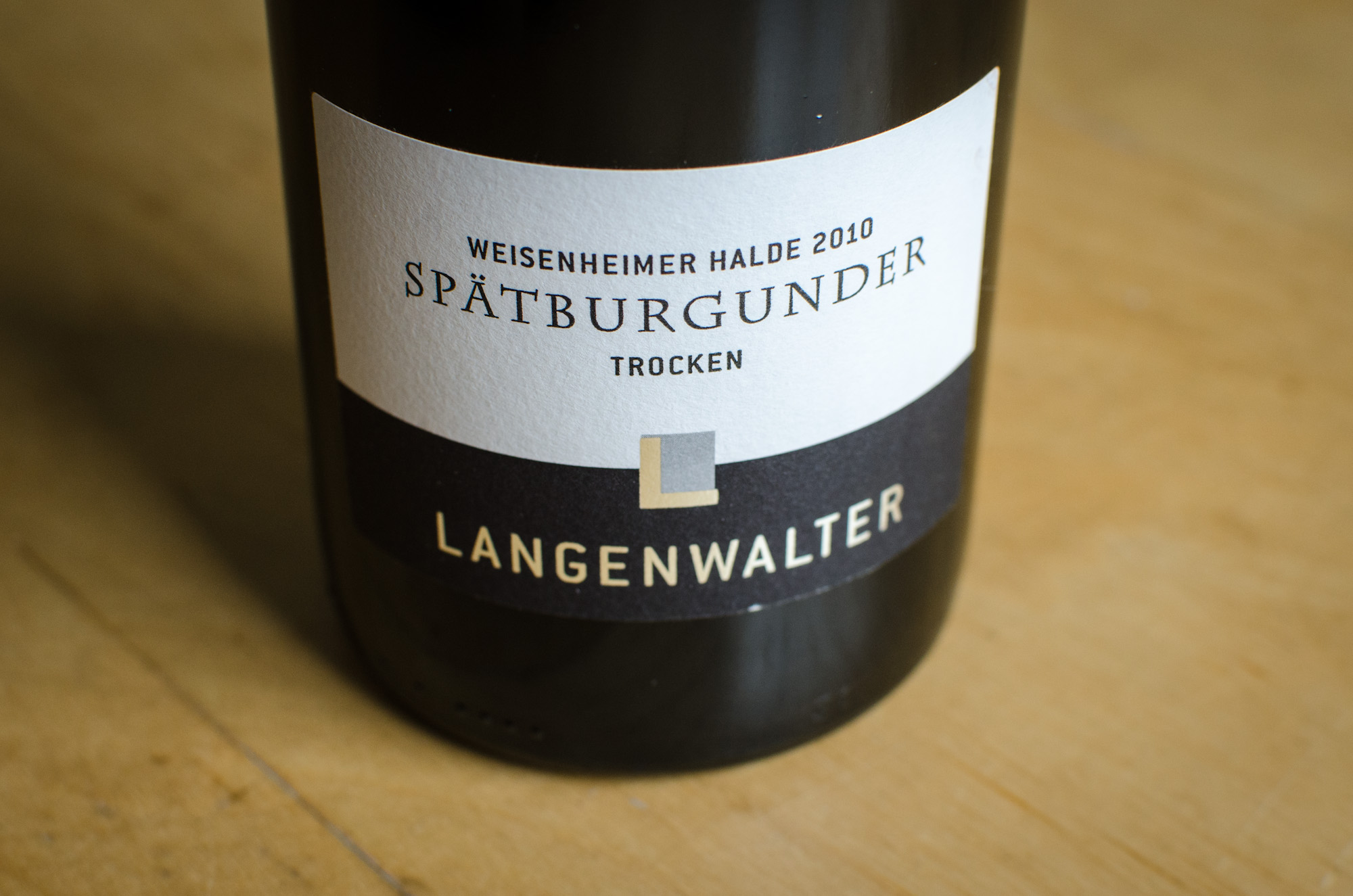Prinz von Hessen, Riesling Dachsfilet, 2011
This skin-contact Riesling is reviewed in more detail in our article Two Princes. The short summary, lacking horribly in context, is below.

The wines listed here are wines we received for free in order to review them on the Wine Rambler. Please read our <a href="/wine-rambler-ethics">ethics section</a> about what this means.
This skin-contact Riesling is reviewed in more detail in our article Two Princes. The short summary, lacking horribly in context, is below.

This skin-contact Riesling is reviewed in more detail in our article Two Princes. The short summary, lacking horribly in context, is below.

Rock star, film director or actor - you haven't really made it to the top unless you own a vineyard. If you want to be up there with Aykroyd, Banderas or Coppola making your own wine is now an even better status symbol than a private jet. In the case of Barbara Laithwaite I suspect the motivation was different. Like her husband Tony, the co-owner of the UK's biggest wine company has stayed away from the limelight, and I'd be surprised if she'd own a jet. She also resisted the urge to buy an existing winery in California or Provence and instead planted vines in the Chilterns to make sparkling wine.

Fast forward a few years to find the Wine Rambler sitting down with a glass of 2009 Wyfold Vineyard brut.
2013 has now begun in earnest, and for the Wine Rambler that means it is time to start regular service again and write about wine. With our focus on Germany you would naturally expect the first bottle of the year to be of Teutonic origin - but, behold!, it is not. Geographically and linguistically Austria may not be far away, but even if some see the Austrians as Bavarians with charm, the Austrians themselves insist on their independence. Every single screw cap or capsule of Austrian wine says so in proud colours.

So why not pick a German wine as the first in 2013 on this (mostly) German wine blog? Well, first of all because we are not *that* German, but more importantly because of: tradition, quality and availability.
I like Pinot Blanc. It's is that simple. As our regular readers know I am always in danger of rambling on for too long, so I will keep this short. I really like Pinot Blanc. In Germany it is called Weißer Burgunder or Weißburgunder ("white Burgundy") and one of the more popular white grape variety (although nowhere as common as Riesling or Müller-Thurgau). What I find particularly attractive about Weißburgunder is how it manages to be a very enjoyable drink but also has a more serious side, either in a leaner, smoky and edgy style or, especially when aged in oak barrels, a more complex and substantial one.

Julian has recently been somewhat unhappy with a Pinot Blanc from one of the top producers in Baden, so I wonder how this more inexpensive specimen from less prestigious Rheinhessen will do.
"The law made me do it!" is probably one of the excuses judges don't hear very often. If it comes to German wine, however, it may be more common than you think. The infamous German Wine Law, in combination with the regional wine establishment, is a very odd beast, so much so that you will find top producers who deliberately rate some of their top wines in a fairly low category as they don't quite meet inspectors' expectations. There are all sorts of complaints about the wine law of 1971, but it is still enforced with German precision. So much so that when winemakers wanted to print a new word on labels, "feinherb", they had to go to court as you cannot possibly print something on a label that has not been regulated beforehand.

Well, they succeeded and now we have a new, completely unregulated term in the precisely structured German wine classification: feinherb.
Andreas Durst likes his photography natural, but stylish. And, not being one to be taken in by glossy surfaces and wines that wear a lot of make-up, as it were, Andreas Durst likes his own wines straight and clear. So when he makes a rosé, it's no surprise that it doesn't turn out all fruity and sweet.

By now word has got around that there is German red wine. I mean, it has, right? If it hasn't, can you please just nod politely and leave me the illusion that after shouting about it for a few years we have at least got that message out? So, as we all know by now that there is German red wine, let's deal with the fact that there is quite a lot of it these days. Germany, for instance, is the world's third largest producer of Pinot Noir - or Spätburgunder as it is known there and as you can see on the label below.

At the Langenwalter winery they don't just make some of this - almost half the grapes grown in the Pfalz vineyards are red, actually. This includes Portugieser, Dornfelder and Cabernet Sauvignin. So you'd think that with that much quantity around and a few hundred years of family history the Langenwalters will know something about making good red wine.
As the wine review I posted on Good Friday revealed a lack of spiritual cohesiveness with regards to what an appropriate wine for Easter should feel like, I have decided to play it safe on Easter Monday. Rheingau winery Ankermühle have moved away from the usual German approach of confusing customers with long and unpronounceable vineyard names and instead use snappy ones like "Jungfer" (spinster), "Maria" and "Hölle" (hell) - or today's Gabriel.

Admittedly, Gabriel's feast day is 29 September and not today, but I figured that going with a archangel would somehow be keeping in line with the easterly spirit.
It is one of our favourite projects for the Wine Rambler that someday we should explain to you the German wine classification and labelling system in a coherent and mildly entertaining fashion. Today, however, we meet another clear-thinking winemaker who has willingly downgraded his own wine to the simplest category available (in this case: "Pfälzer Landwein") to be spared the bureaucratic nightmare otherwise required - in my humble experience, that step is always a good sign. Andreas Durst is a part-time winemaker only, his real job is to professionally photograph other winemakers, wines and vineyards, which he does so well that in the hipper part of the German wine scene, wine-related photography is simply synonymous with his name.

About this and about his wines, we won't say too much just now, because we hope to read and see a little more of Andreas on this blog soon (fingers crossed for a real treat). For now, let's turn to the dry Riesling from his small portfolio that he was nice enough to send ahead to Munich Wine Rambler HQ: